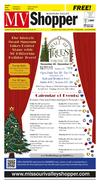032018_YKMV_A15.pdf







shop online at www.missourivalleyshopper.com
March 20, 2018 • Page 15
National Ag Week
March 18-24, 2018
SDSU Animal Science Department Presents Research
at Midwest Section Animal Science Meeting
SDSU iGrow
BROOKINGS, S.D. - South Dakota State
University swine researchers from the
Department of Animal Science will present
seven research abstracts at the Midwest
Section meeting of the American Society
of Animal Science (ASAS) and American
Dairy Science Association (ADSA) meeting
Omaha, Nebraska, from March 12-14, 2018.
The Department of Animal Science
opened the new South Dakota State University Swine Education and Research Facility
on Oct. 1, 2016. The first anniversary of
the grand opening of the new SDSU Swine
Education and Research Facility and Weanto-Finish Research Barn was celebrated
with an inaugural SDSU Swine Day on Oct
11, 2017, in Brookings, SD.
"The new swine facilities have opened
up many new opportunities for our students and researchers," says Joe Cassady,
SDSU Animal Science Department Head."
The swine industry has and will continue
to change and SDSU is now in a great place
to be a leader in research, extension, and
teaching."
SDSU swine researchers will present the
following research at this year's Midwest
ASAS meeting:
• Efficiency of Utilizing Standardized Ileal
Digestible Lysine for Whole Body Protein
Retention in Pregnant Gilts during Early,
Mid, and Late Gestation. R. A. S. Navales, B.
C. Thaler, and C. L. Levesque, South Dakota
State University, Brookings.
• Effect of Essential Oil Supplementation to Lactation Diets on Reproductive
Performance and Fecal Characteristics of
Sows. K. Fuoss1, M. D. Lindemann2, and C.
L. Levesque1, 1South Dakota State University, Brookings, 2University of Kentucky,
Lexington.
• Immunological Response of Pigs by
Lymphocyte Proliferation by the Supplementation of Beta-Glucans. H. Kerkaert, J.
Koepke, C. L. Levesque, and B. C. Thaler,
South Dakota State University, Brookings.
• Growth Performance, Organ Weights,
and Blood Parameters of Nursery Pigs Fed
Diets Containing Cold-Pressed Canola Cake.
J. W. Lee and T. A. Woyengo, South Dakota
State University, Brookings.
Research posters to be presented at this
year's meeting:
• Floor Space Allocation Effects on
Heavy-Weight Finishing Pigs (over One Hundred Thirty-Five Kilograms). R. S. Samuel, B.
C. Thaler, C. L. Levesque, and J. Darrington,
South Dakota State University, Brookings.
• Nutrient Digestibility of Heat- or Heat
plus Citric Acid-Pretreated Distiller's Dried
Grains with Solubles for Pigs. C. Zangaro
and T. A. Woyengo, South Dakota State
University, Brookings.
• Comparative Analysis of Bacterial
Composition in the Ileum of Weaned Pigs
Fed Microbially Enhanced Soybean Meal as
a Potential Ingredient Replacement in Conventional Weaning Diets. J. L. Ortman, B.
St-Pierre, and C. L. Levesque, South Dakota
State University, Brookings.
For more information, contact Ryan Samuel, Assistant Professor and SDSU Extension
Swine Nutrition Specialist, at 605.688.5431.
Using Weather Forecasts for Newborn Calf Health
SDSU iGrow
BROOKINGS,S.D. - Calving during a
winter season with extreme weather
swings can be concerning when caring
for newborn livestock. The Cold Advisory
for Newborn Livestock (CANL) forecast
at the Aberdeen National Weather Service
website can be a useful tool for livestock
producers when preparing for new newborn calves, in particular in the first 24
hours.
"During the month of January, we saw
air temperatures as low as negative 30
degrees Fahrenheit and then there were
highs of more than 50 degrees," said
Laura Edwards, SDSU Extension State Climatologist. "The CANL tool was designed
to help livestock producers prepare for
extreme cold temperatures."
Created with input from Northern U.S.
ranchers, experts in animal science and
those who study biological responses to
extreme weather conditions, the CANL
forecast takes into account five factors:
• Wind chill;
• Rain or wet snow;
• High humidity;
• Combinations of wind chill and pre-
Gerstner
OIL CO.
cipitation; and
• Sunshine vs. cloudy days.
"As a result, it is a science-based
method to combine several weather factors together to determine the hazardous
weather risk to your newborn calves,"
Edwards explained.
Visit the CANL website to access the
tools.
Risk Scale
When viewing CANL producers will see
a six-category scale (Figure 1) which was
developed to identify the risk of hazardous conditions for newborn livestock,
ranging from None (green color) to Extreme (red color).
The categories are described as:
• None: Wind chill above 41 degrees
Fahrenheit
• Slight: Wind chill less than 41 degrees
Fahrenheit for 2 or more hours
• Mild: Wind chill less than 32 degrees
Fahrenheit for 2 or more hours
• Moderate: Wind chill less than 0
degrees Fahrenheit for 2 or more hours or
Wind Chill less than 32 degrees Fahrenheit and .02-inches precipitation
• Severe: Wind Chill of -9 degrees Fahrenheit or colder for two or
more hours, or wind chill
PETROLIUM FUELS AND LUBRICANTS DISTRIBUTOR
Farmers Are Fueling Our Future
Use Your Own Products
Ag Fuels Available
Bio Diesel & Ethanol Blends
Call: Brandon Frazee, 661-0631
Roland Adam, 661-2235
3004 East Highway 50, Yankton, SD
Phone: 605-665-5568 • Wats: 1-800-456-0744
of less than 32 degrees Fahrenheit and
regions in Montana, North
.05-inches of precipitation
Dakota and Northeastern South Dakota.
• Extreme: Wind chill of -18 degrees
Fahrenheit or colder for two or more
hours, or wind chill less than 32 degrees
Fahrenheit and .1-inches of
precipitation Forecast Map
These risk categories are
displayed on a map of
Northeastern South Dakota, Six-category scale to identify the risk of hazardous conditions for newborn livestock. Courtesy: CANL
and they are updated at
least once-per-day.
An example of the CANL
forecast map looks like the
map in Figure 2. This map
for February 13, 2018,
shows mild risk in green,
moderate in yellow over
most of the region, and an
area of Severe risk in
orange in the north central
counties.
A visit to the CANL
website will also display
the 30-hour forecasts for
wind chill, total precipitation
and sky cover (cloudy vs.
clear).
The CANL and related
Example of the CANL forecast map hazard areas in S.D.
maps are only available for Courtesy: CANL
USDA Decides Not to Impose Additional
Regulatory Requirements for Organic
Producers and Handlers
WASHINGTON, March 12, 2018 — The U.S. Department of
Agriculture (USDA) today announced the decision to withdraw
the Organic Livestock and Poultry Practices (OLPP) final rule
published on January 19, 2017. The rule would have increased
federal regulation of livestock and poultry for certified organic
producers and handlers. The withdrawal becomes effective
May 13, 2018.
Significant policy and legal issues were identified after the
rule published in January 2017. After careful review and two
rounds of public comment, USDA has determined that the rule
exceeds the Department’s statutory authority, and that the
changes to the existing organic regulations could have a negative effect on voluntary participation in the National Organic
Program, including real costs for producers and consumers.
“The existing robust organic livestock and poultry regulations are effective,” said USDA Marketing and Regulatory
Program Undersecretary Greg
Ibach. “The organic industry’s
continued growth domestically and globally shows that
consumers trust the current
approach that balances consumer expectations and the
needs of organic producers
and handlers.”
According to USDA reports
Residential & Commercial
for 2017, the number of
Electrical Contractors
certified organic operations
260-8683
increased domestically by
of Electair, Inc. Doug Dykstra seven percent and globally by
11 percent. Industry estimates show that organic sales
in the United States reached
Providing farmers
almost $47 billion in 2016, rewith customized seed flecting an increase of almost
$3.7 billion since 2015.
solutions to best meet
The Department carefully
their needs in quality, considered public comments
and the relative costs and
reliability and overall benefits for both producers
and consumers of imposfield performance.
ing the proposed additional
regulations.
More information on the
OLPP final rule is available in
the March 12, 2018, Federal
Register, and on the USDA
National Organic Program
web page.
HVAC, Electrical & Plumbing Contractors
Specializing in
Irrigation
Well Service
Power Source
Electric
Your Heating & Cooling
Specialists
665-2895
Chris Frick
Jeremy Promes - Owner
Licensed & Certified in SD & NE
Located in South Yankton
Quality Well
Service LLC
Your
Call for all your Well Service needs
402-841-0535
Divisions
Scott Nedved
Seedsmen
Frank Nedved
605-660-5353 • www.n2seed.com


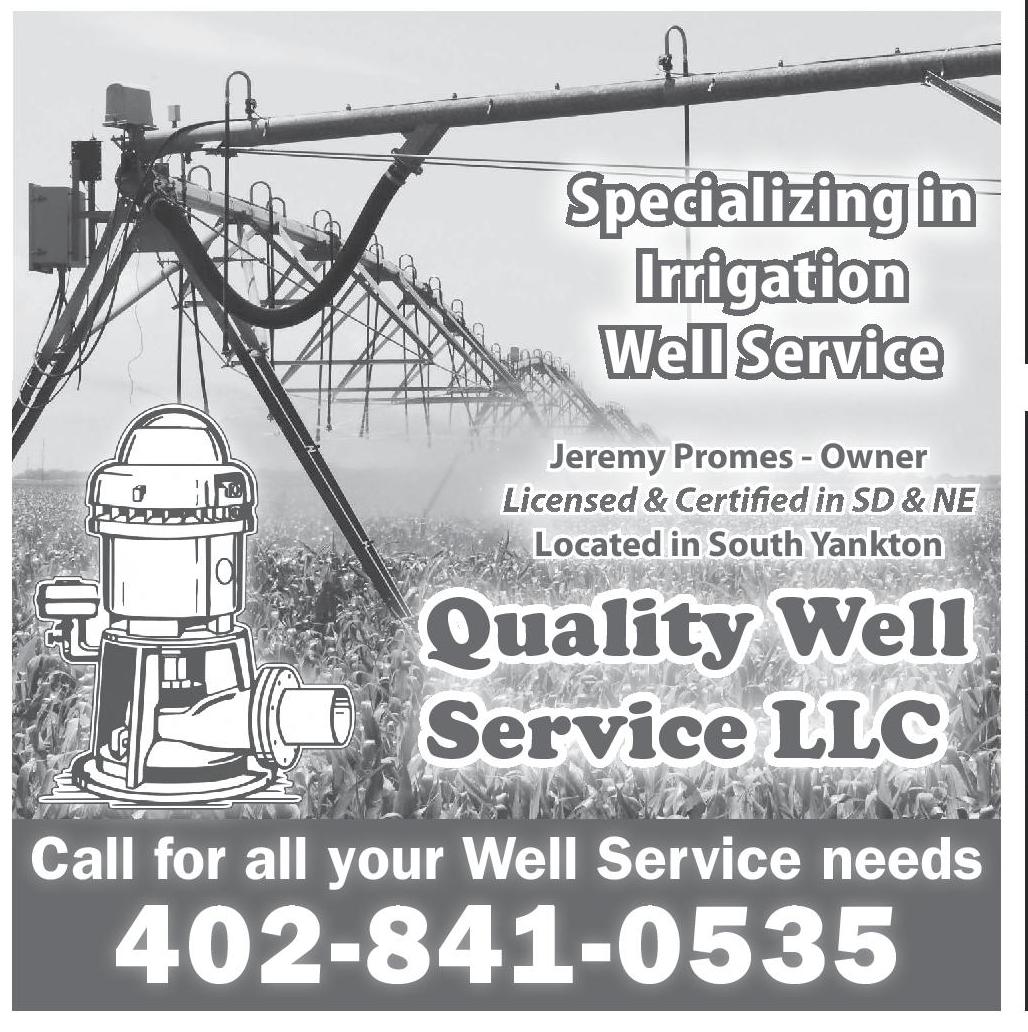
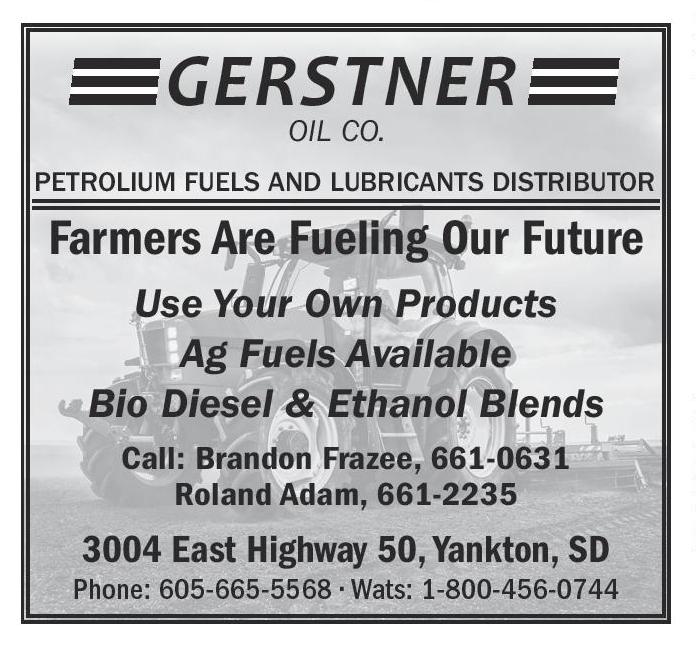

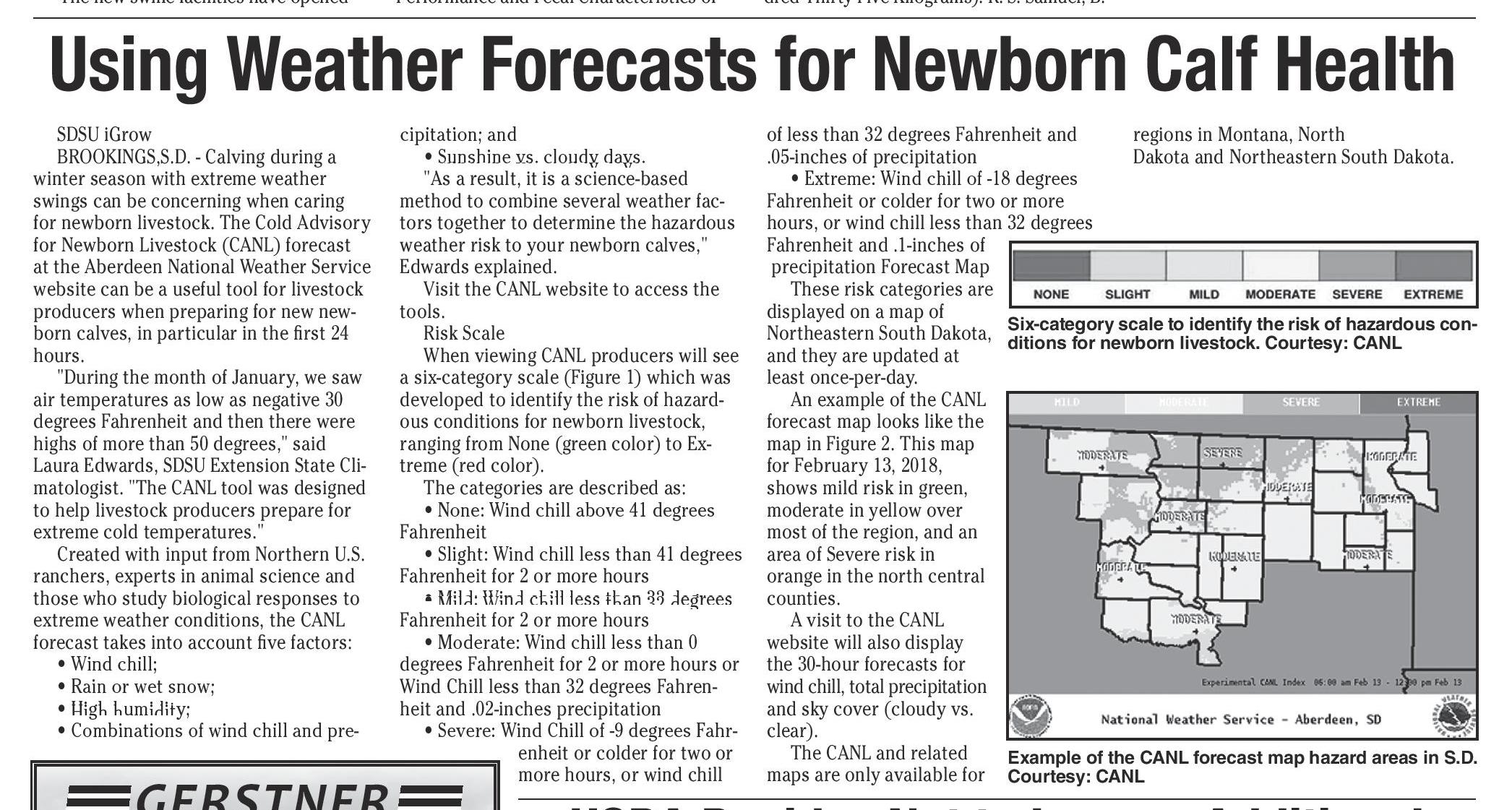
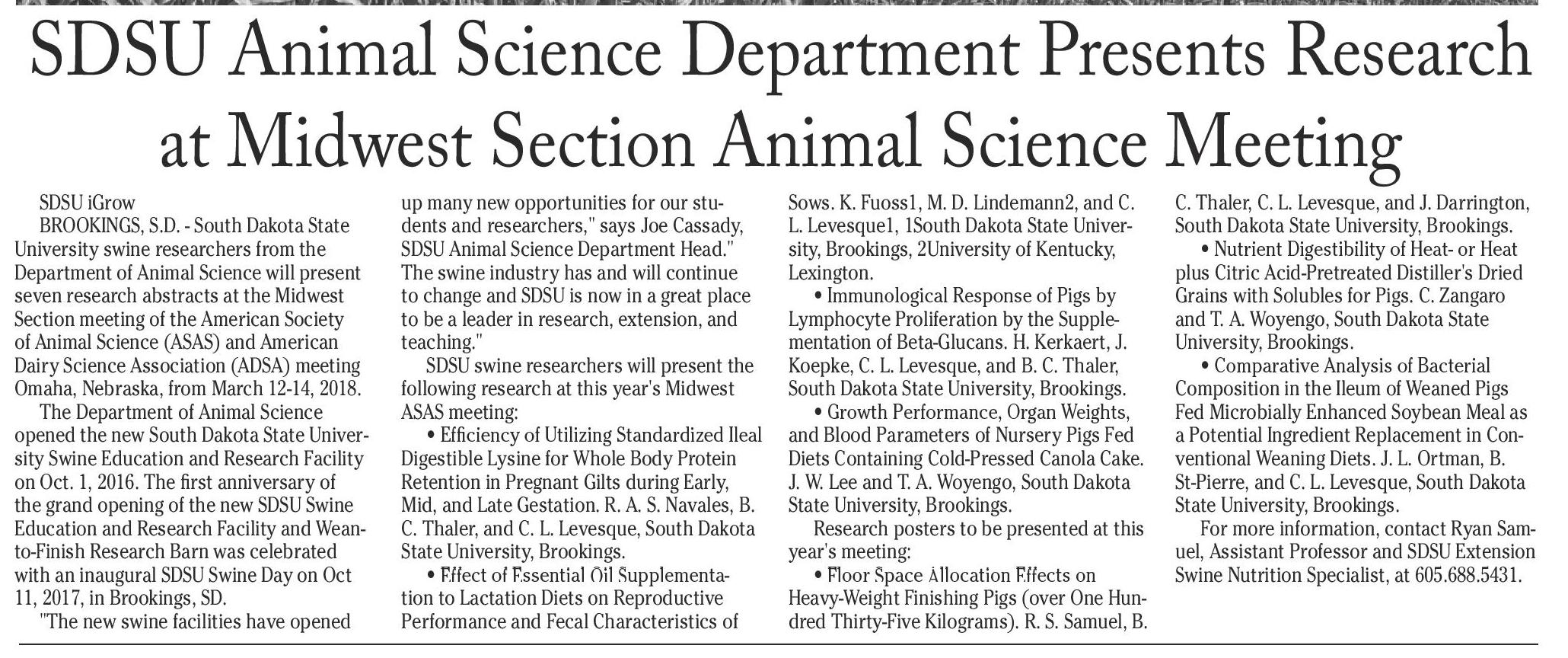

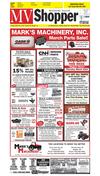
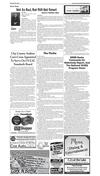
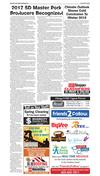
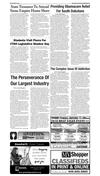
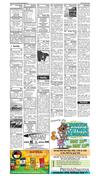

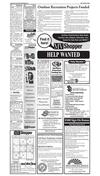

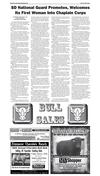

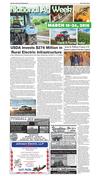
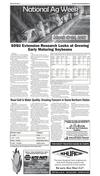
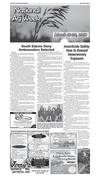
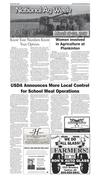
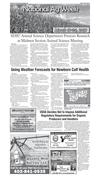
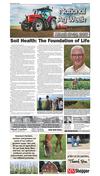
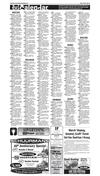
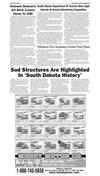
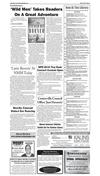
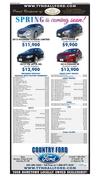
 Previous Page
Previous Page




